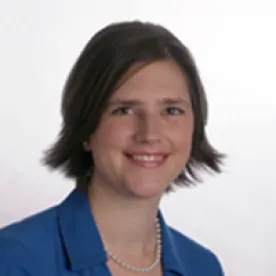On January 9, 2013, the Patent Trial and Appeal Board (PTAB) issued its first decision in a Covered Business Method Patent Review (CBM) proceeding, instituting the trial on all claims requested.
The decision issued in Trial No. CBM2012-0001, and was written by Chief Judge Tierney. SAP America, Inc. is the petitioner, who filed the CBM request on the first available day against a patent owned by Versata Development Group, Inc. While the full decision is an instructive read, we note some highlights below:
Standing
In the corresponding District Court litigation, a validity decision had already been made. The PTAB found that SAP still had standing, and disagreed with Versata’s position that the statute required ongoing litigation. Here, the case was on appeal to the CAFC, so there was no “final decision” for purposes of issue preclusion. As a result, the PTAB held that the district court’s judgment was not sufficiently firm to be given conclusive effect.
All It Takes Is One
The PTAB confirmed that “the presence of a single claim is sufficient to institute a covered business method review.” The PTAB only analyzed one claim for CBM eligibility, but instituted trial for all requested claims.
Breadth of CBM Definition and Narrowness of Technological Invention Exception
In finding that the patent was sufficiently related to “the practice, administration, or management of a financial product or service,” the PTAB also reminded the parties that during rulemaking, the Office “did not adopt the suggestion that the term financial product or service be limited to the products or services of the financial services industry…[T]he definition was intended to encompass patents claiming activities incidental and complementary to a financial activity.”
Versata argued that even if the claims met the financial product or service requirement, they were eligible for the technological invention exception due to their software aspects and recitation of computer components. The PTAB disagreed, noting that even if the claims were construed to require the use of a computer and software, the patent states that the computer could be “any type of computer system or programming or processing environment.” In deciding that this did not amount to a “novel and unobvious technological feature”, the PTAB pointed out that “no specific, unconventional software, computer equipment, tools or processing capabilities are required” by the claim.
On the Merits
On the merits, the PTAB rejected the claims under 35 U.S.C. § 101, saying that the “claims [are] directed to software implementation of a mental process that could otherwise be performed without the use of a computer” or performed by a general purpose computer. In so doing, the PTAB also confirmed its authority to review § 101 eligibility in a CBM proceeding, and that patent-eligibility under § 101 constitutes a condition for patentability under § 282.
The PTAB also issued an art-based rejection under § 102, but did not agree that the proposed grounds under § 112 would meet the more-likely-than-not standard. In its § 112 analysis, the PTAB found that the specification sufficiently described the invention such that one of skill in the art could make and use the invention, even if the software-specific embodiments were discussed only generally. The PTAB noted, however, that the patent’s lack of description regarding a software embodiment supported the rejection under § 101.




 />i
/>i

